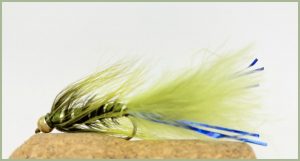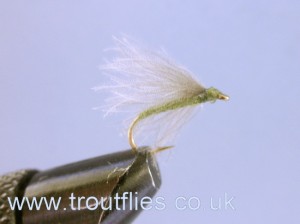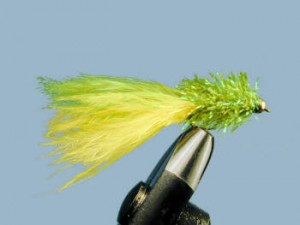LEADERS, LEADER MATERIAL & BRAIDED LOOPS
Use the longest leader you can comfortably cast with as the more
distance between line and fly the less chance you have of spooking the fish.
Leader materials come in nylon, copolymers and fluorcarbons. For normal use, nylons in the 2lb to 8lb breaking strain will suffice. Use the light strain with small flies and the heavier if casting out large weighted flies. For normal fishing, standard monofilament is suitable.
In difficult conditions use a copolymer such as Daiwa Supershinobi. It is about half the diameter of standard mono and if the water is clear it
should give better presentation.
Fluorocarbons are almost invisible in water and being heavier than water actually sink much better than nylon. They are ideal when the fish are very shy and are also great for dry flies and suspender buzzer fishing.
Tapered leaders tend to give a better presentation and you can buy them ready made or make your own by stepping down three or four different breaking strains by about 2lbs to 3lbs.
You can also get braided leader and poly leaders to which you attach a short tippet of nylon. These act like an extension of your fly line and come in different densities enabling you to easily present flies at different depths even with floating lines. It’s always worth carrying a slection to match changing conditions.
BRAIDED LOOPS
These are a very easy means of attaching backing to fly line and fly line to leaders. Place one on the end of your fly line and leaders can be added or changed very easily using the loop to loop knot.



